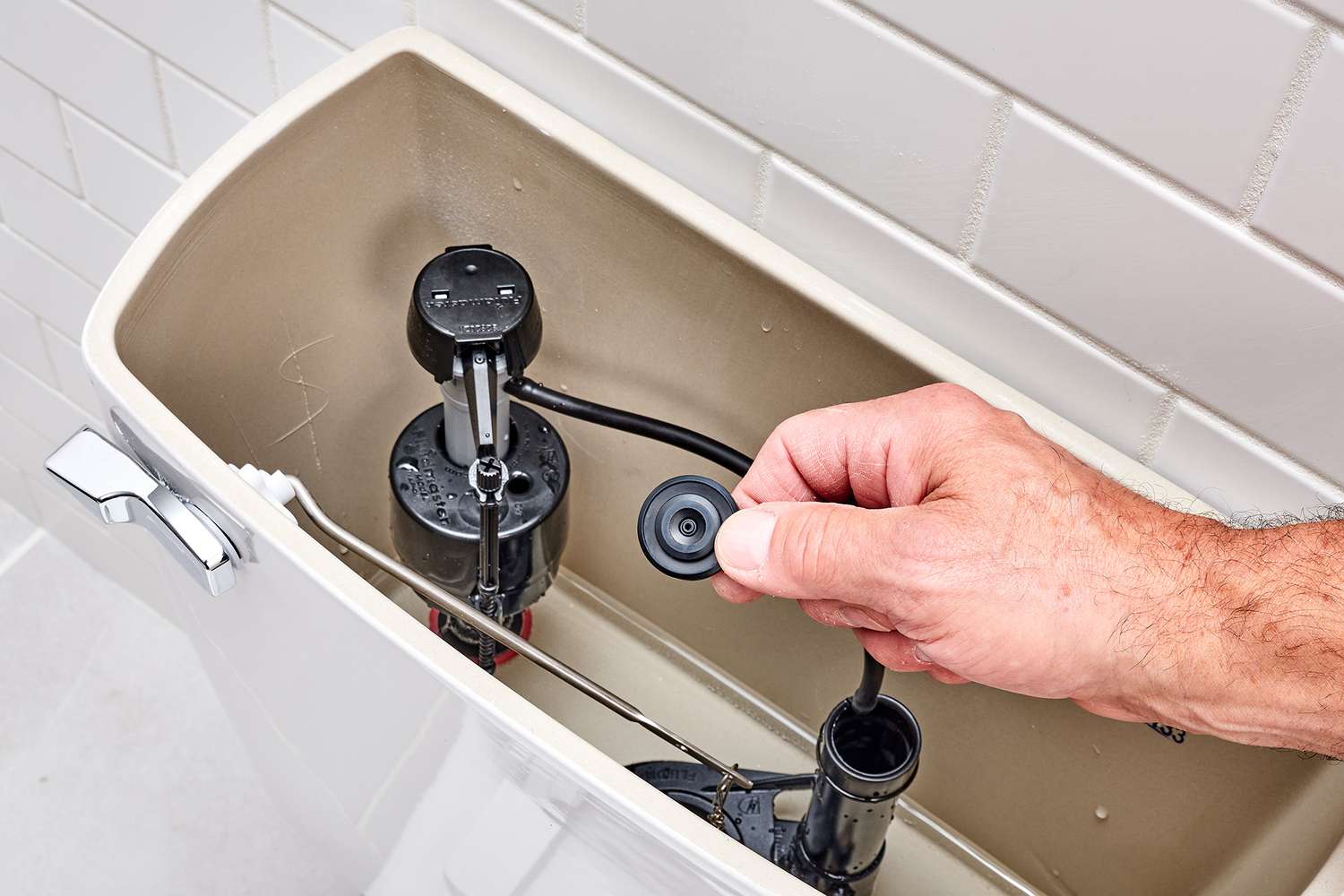

Articles
What Is A Toilet Fill Valve
Modified: March 21, 2024
Learn about the importance of a toilet fill valve in this informative article. Find out how it works and why it is crucial for proper toilet functionality.
(Many of the links in this article redirect to a specific reviewed product. Your purchase of these products through affiliate links helps to generate commission for Storables.com, at no extra cost. Learn more)
Introduction
A toilet fill valve is an integral component of the toilet tank that regulates and controls the flow of water from the water supply to refill the tank after each flush. It is responsible for maintaining the water level in the tank, allowing for proper flushing and efficient operation of the toilet. Understanding how the fill valve works and identifying signs of a faulty valve can help prevent water wastage and potential damage to the toilet.
In this article, we will explore the functionality of a toilet fill valve, the different types available, how to detect and fix common problems, and essential maintenance tips to keep your fill valve in optimal condition.
Key Takeaways:
- Understanding the role and functionality of a toilet fill valve is crucial for maintaining a properly working toilet. From recognizing signs of a faulty valve to replacing it and performing essential maintenance, this article provides a comprehensive guide for homeowners.
- By following the step-by-step instructions for replacing a faulty fill valve and implementing essential maintenance tips, homeowners can ensure the optimal performance and longevity of their toilet fill valve, ultimately leading to water conservation and efficient flushing.
Read more: How To Replace A Toilet Fill Valve
What is a Toilet Fill Valve?
A toilet fill valve, also known as a ballcock or float valve, is a crucial component of the toilet tank that controls the flow of water into the tank after each flush. Its primary function is to refill the tank to the appropriate water level, ready for the next use.
The fill valve is typically located on the left side of the toilet tank and is connected to the water supply line. It consists of a valve mechanism and a float. When the toilet is flushed, the water in the tank is emptied, and the float drops down. This movement triggers the valve mechanism to open, allowing water to flow into the tank through the fill valve.
As the water level in the tank rises, the float rises with it. Once the float reaches a certain height, it shuts off the valve. This action stops the flow of water into the tank, preventing it from overflowing.
The fill valve is essential for the proper functioning of the toilet. It ensures that the tank is refilled with the appropriate amount of water after each flush, allowing for a complete and efficient flush. Without a functioning fill valve, the toilet would not be able to flush properly or maintain the correct water level in the tank.
There are different types of toilet fill valves available, each with its own mechanism of operation. The most commonly used types are the traditional ballcock fill valve and the newer, more efficient fill valve models.
Understanding the role and functionality of a toilet fill valve is crucial for maintaining a properly working toilet. In the following sections, we will dive deeper into various types of fill valves, signs of a faulty valve, how to replace a fill valve, and essential maintenance tips to keep your toilet in top condition.
How Does a Toilet Fill Valve Work?
A toilet fill valve is a simple yet essential mechanism that ensures the proper functioning of a toilet. It works in tandem with the flush valve to facilitate the flushing process and maintain the water level in the tank. Let’s take a closer look at how a toilet fill valve works.
When you flush the toilet, the flush valve opens, allowing water to rush from the tank into the bowl, creating a strong force that removes waste. As the water drains from the tank, the fill valve comes into action to refill the tank.
The fill valve consists of several components, including a valve mechanism, a floating device (typically a float ball or float cup), and a refill tube. When the toilet is flushed, the float ball or cup drops down as the water level in the tank decreases. As the float drops, it activates the valve mechanism.
As the valve mechanism opens, water from the main water supply starts flowing through the fill valve and into the tank. The refill tube directs the water into the overflow pipe, which prevents the tank from overflowing.
While the tank is being refilled, the floating device rises with the water level. Once the water reaches the desired level, the float ball or cup reaches a specific height and triggers the valve mechanism to shut off the flow of water. This action stops the water from filling the tank any further.
By controlling the water level in the tank, the fill valve ensures that the toilet is ready for the next use. It maintains the appropriate amount of water required for a proper flush, allowing for efficient waste removal and preventing water wastage.
Some newer toilet fill valve models use innovative technology to enhance efficiency and performance. These models may include features like adjustable water levels, anti-siphon protection, and quiet operation.
Understanding how a toilet fill valve works can help you identify potential problems and take appropriate actions when necessary. In the next sections, we will discuss common types of fill valves, signs of a faulty valve, how to replace a fill valve, and important maintenance tips to keep your toilet’s fill valve in optimal condition.
Common Types of Toilet Fill Valves
There are several types of toilet fill valves available on the market, each with its own unique design and functionality. The type of fill valve in your toilet will depend on the age and model of the toilet. Let’s explore some of the most common types of toilet fill valves:
- Ballcock Fill Valve: The ballcock fill valve is the traditional type of fill valve that has been used in toilets for many years. It features a hollow plastic or metal ball attached to an arm. As the water level in the tank drops, the float ball drops with it, pulling the arm downward and opening the valve to let water in. When the water level rises, the float ball rises and shuts off the valve. Ballcock fill valves are durable and reliable but can be noisy during operation.
- Float Cup Fill Valve: Float cup fill valves are a more modern and efficient alternative to ballcock fill valves. They feature a plastic cup-shaped float that slides along a vertical shaft. As the water level drops, the float cup moves downward, activating the valve to allow water in. When the water level rises, the float cup moves up and shuts off the valve. Float cup fill valves are quieter and more efficient than ballcock fill valves.
- Pressure-Assisted Fill Valve: Pressure-assisted fill valves are commonly found in commercial settings or high-efficiency toilets. They use compressed air to provide extra flushing power. When the toilet is flushed, the pressure-assisted fill valve releases pressurized water into the bowl, resulting in a powerful flush. These fill valves are efficient and effective but can be more complex to install and maintain.
- Electronic Fill Valve: Electronic fill valves are a newer innovation in toilet technology. These fill valves use electronic sensors to detect the water level in the tank and control the flow of water accordingly. They offer precise water level adjustments and can even detect and prevent leaks. Electronic fill valves are sophisticated and often come with additional features like water-saving modes and automatic shut-off.
When selecting a replacement fill valve for your toilet, it’s essential to consider compatibility with your toilet model and personal preferences. Consult the manufacturer’s guidelines or seek professional advice if you’re unsure about which type of fill valve is suitable for your toilet.
Now that we have explored the common types of toilet fill valves, let’s move on to the next section, where we will discuss the signs of a faulty fill valve and how to replace it.
When replacing a toilet fill valve, make sure to turn off the water supply before starting the installation process to avoid any potential leaks or water damage.
Signs of a Faulty Fill Valve
A faulty fill valve in your toilet can lead to various issues, including water wastage, inconsistent water levels, and inefficient flushing. It’s important to be able to recognize the signs of a faulty fill valve so that you can take prompt action to resolve the problem. Here are some common signs that indicate a faulty fill valve:
- Constantly Running Toilet: If you hear your toilet continuously running even after a flush, it’s a strong indication that the fill valve is not shutting off properly. This can lead to significant water waste and increased water bills.
- Inconsistent Water Levels: If the water level in your toilet tank is too high or too low, it may be due to a malfunctioning fill valve. A fill valve that fails to shut off the water at the right level can result in improper flushing and inefficient water usage.
- Slow Refilling: If you notice that it takes a long time for your toilet tank to refill after each flush, it could be a sign of a faulty fill valve. A slow refilling tank can disrupt your daily bathroom routines and indicate an issue with the water flow or valve mechanism.
- Noise or Vibration: Unusual noises or vibrations coming from the fill valve area may indicate a problem. This could be caused by a worn-out valve component or sediment buildup that restricts the smooth operation of the valve.
- Water Leakage: If you notice any water leakage around the fill valve area, it’s a clear sign of a problem. Leakage can occur due to a faulty seal, loose connections, or damaged valve components.
- Failure to Flush: In some cases, a malfunctioning fill valve may prevent the toilet from flushing properly. If you have to flush multiple times or manually adjust the water level to achieve a complete flush, it’s likely that the fill valve needs attention.
If you observe any of these signs, it’s important to take action to rectify the issue. Ignoring a faulty fill valve can lead to wasted water, higher utility bills, and potential damage to the toilet and surrounding areas. In the next section, we will discuss how to replace a faulty fill valve.
Read more: What Is A Flush Valve On A Toilet
How to Replace a Toilet Fill Valve
If you’ve determined that your toilet fill valve is faulty and needs to be replaced, don’t worry. With the right tools and a little bit of patience, you can easily replace the fill valve yourself. Here is a step-by-step guide to help you through the process:
- Gather the necessary tools: Before you begin, make sure you have all the tools you’ll need, including an adjustable wrench, a bucket, a sponge or towel, and a new fill valve kit that matches your toilet model.
- Turn off the water supply: Locate the water shut-off valve near the base of the toilet and turn it clockwise to shut off the water supply. Flush the toilet to drain as much water as possible from the tank.
- Remove the old fill valve: Use the adjustable wrench to disconnect the water supply line from the bottom of the fill valve. Unscrew the nut that secures the fill valve to the bottom of the tank and carefully lift the old fill valve out of the tank.
- Install the new fill valve: Follow the manufacturer’s instructions to install the new fill valve. This typically involves inserting the valve assembly into the tank, positioning it correctly, and securing it with the provided nut. Ensure that the refill tube is properly connected to the overflow pipe.
- Connect the water supply line: Reattach the water supply line to the bottom of the fill valve and use the adjustable wrench to tighten the nut. Make sure the connection is secure to prevent any leaks.
- Test and adjust: Turn the water supply back on and let the tank refill. Check for any leaks around the fill valve and the water supply connection. Once the tank is filled, flush the toilet and observe the fill valve’s performance. Adjust the water level, if necessary, according to the manufacturer’s instructions.
- Clean up and test again: Wipe down any water spills or mess with a sponge or towel. Check for any additional leaks or issues. Flush the toilet a few more times to ensure that the new fill valve is working properly.
If you’re uncomfortable with performing the replacement yourself or encounter any difficulties, it’s always a good idea to seek the assistance of a professional plumber. They have the expertise and tools to quickly and efficiently replace the fill valve while ensuring proper installation.
Remember, regular maintenance and timely replacement of faulty fill valves can help prevent more significant problems and ensure the continued proper functioning of your toilet. In the next section, we will provide some essential maintenance tips for toilet fill valves.
Maintenance Tips for Toilet Fill Valves
Regular maintenance of your toilet fill valve can help extend its lifespan, prevent potential issues, and ensure the efficient operation of your toilet. Here are some essential maintenance tips to keep your fill valve in optimal condition:
- Inspect for leaks: Regularly check for any signs of leakage around the fill valve area. If you notice any water seepage, drips, or pooling, it’s crucial to address the issue promptly to prevent further damage or water wastage.
- Clean or replace the refill tube: The refill tube connected to the fill valve can sometimes become clogged or blocked, hindering the proper flow of water. Inspect the refill tube for any debris, sediment, or mineral buildup. Clean it thoroughly or replace it if necessary.
- Check the float and valve mechanism: Periodically inspect the float and valve mechanism for any wear, damage, or obstruction. Ensure that the float moves smoothly and that the valve mechanism opens and closes properly. Clean or replace any worn-out or defective components.
- Adjust the water level: Verify that the water level in the tank is set to the recommended level specified by the manufacturer. Adjust the water level if needed to ensure efficient flushing and prevent any overflow issues.
- Flush out sediment: Over time, sediment and mineral deposits can accumulate in the fill valve, affecting its performance. Flush out the tank periodically to remove any sediment buildup and prevent potential clogs or valve malfunction.
- Check the water supply line: Inspect the water supply line for any signs of damage or leaks. If you notice any issues, replace the supply line to prevent water leakage that may affect the fill valve’s functionality.
- Perform regular cleaning: Keep the area around the fill valve clean and free from any debris, grime, or mold. Clean the toilet tank regularly to prevent any buildup that can interfere with the valve’s operation.
- Consider water-saving options: If you’re looking to reduce your water consumption, consider installing a fill valve with water-saving features. These valves allow you to adjust the water level and conserve water without compromising the efficiency of your toilet.
By following these maintenance tips, you can ensure the optimal performance and longevity of your toilet fill valve. If you encounter any significant issues or are unsure about performing maintenance tasks yourself, it’s best to consult a professional plumber for assistance.
Now that we’ve explored the maintenance tips, let’s conclude our article.
Conclusion
A toilet fill valve is a crucial component of your toilet’s tank, responsible for regulating the water flow and maintaining the proper water level for efficient flushing. Understanding the functionality and common types of fill valves can help you identify and address any issues that may arise.
In this article, we’ve discussed what a toilet fill valve is and how it works. We’ve explored the common types of fill valves, including the traditional ballcock fill valve, the more modern float cup fill valve, pressure-assisted fill valves, and the innovative electronic fill valves.
We’ve also highlighted the signs of a faulty fill valve, such as constant running, inconsistent water levels, slow refilling, noise or vibration, water leakage, and failure to flush properly. Recognizing these signs will enable you to take prompt action and replace the fill valve if necessary.
If you decide to replace the fill valve, we’ve provided a step-by-step guide to help you through the process. It’s essential to gather the necessary tools and ensure a proper installation to avoid any potential leaks or issues.
Additionally, we’ve shared some maintenance tips to keep your fill valve in optimal condition. Regularly inspecting for leaks, cleaning or replacing the refill tube, checking the float and valve mechanism, adjusting the water level, flushing out sediment, and performing regular cleaning can help prevent problems and ensure the efficient operation of your fill valve.
Remember, if you’re uncertain or uncomfortable performing any maintenance or replacement tasks on your own, it’s always wise to seek the assistance of a professional plumber.
By understanding the importance of a well-functioning toilet fill valve and following the maintenance guidelines provided, you can maintain the reliability and efficiency of your toilet for years to come.
Thank you for reading this comprehensive guide on toilet fill valves. We hope you found it informative and helpful for maintaining your toilet’s functionality. Happy flushing!
Frequently Asked Questions about What Is A Toilet Fill Valve
Was this page helpful?
At Storables.com, we guarantee accurate and reliable information. Our content, validated by Expert Board Contributors, is crafted following stringent Editorial Policies. We're committed to providing you with well-researched, expert-backed insights for all your informational needs.
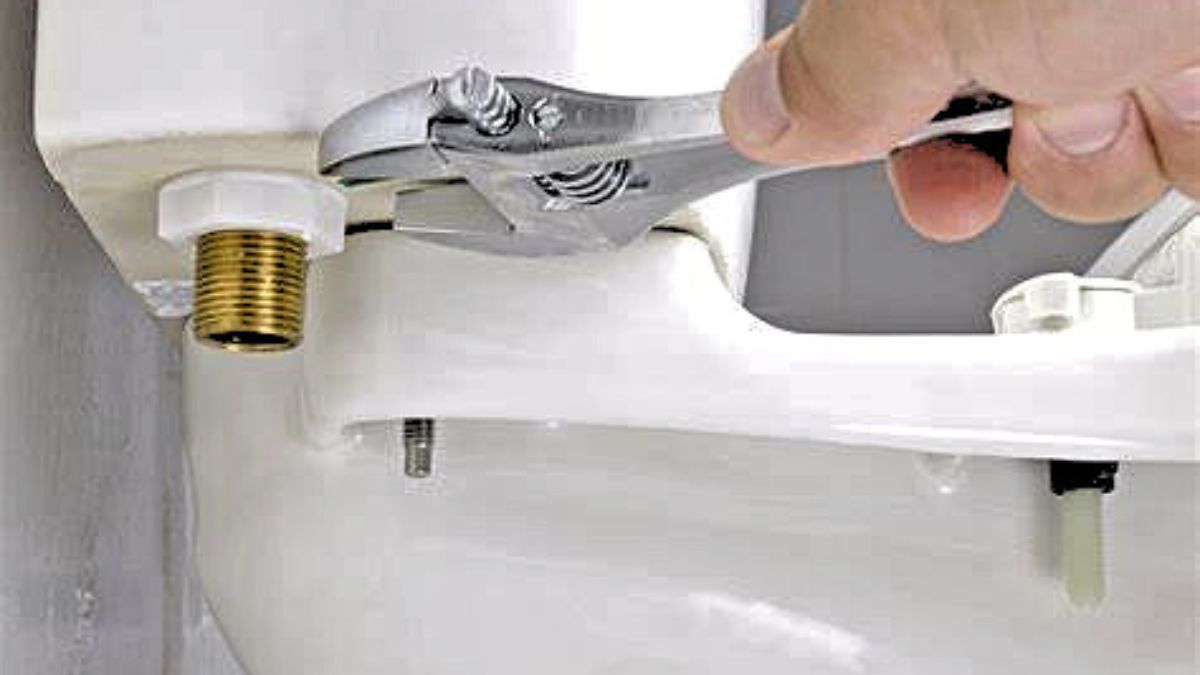
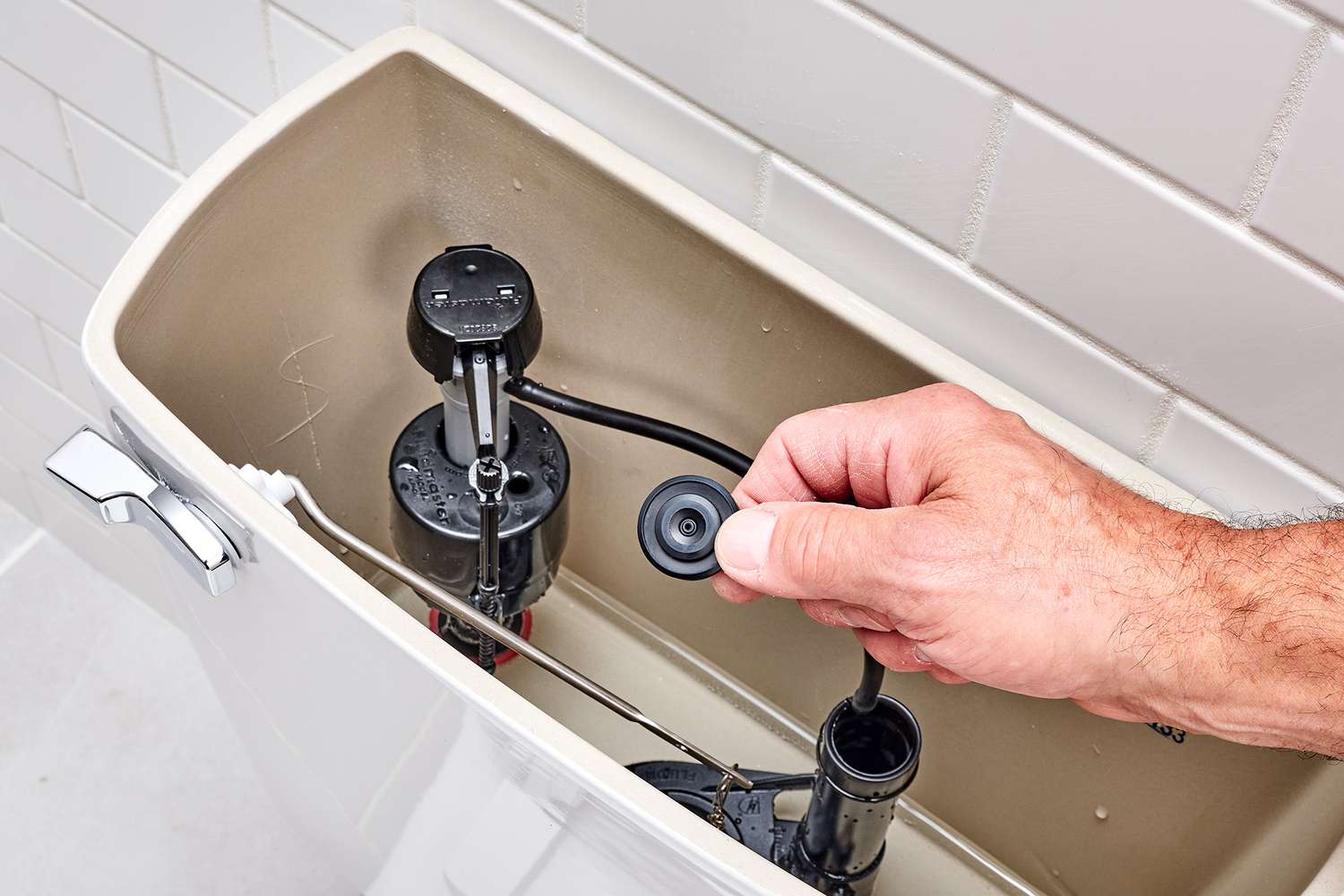
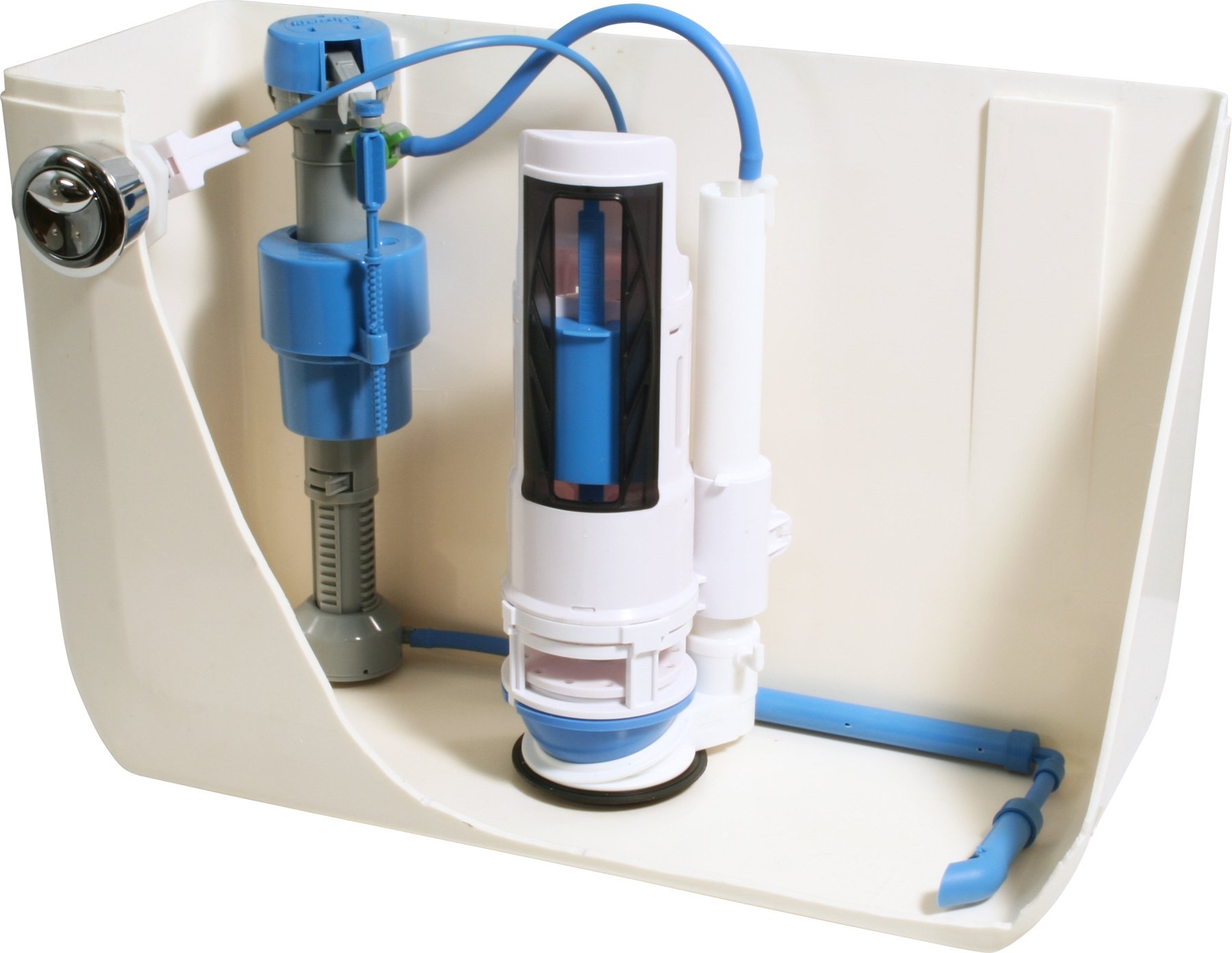
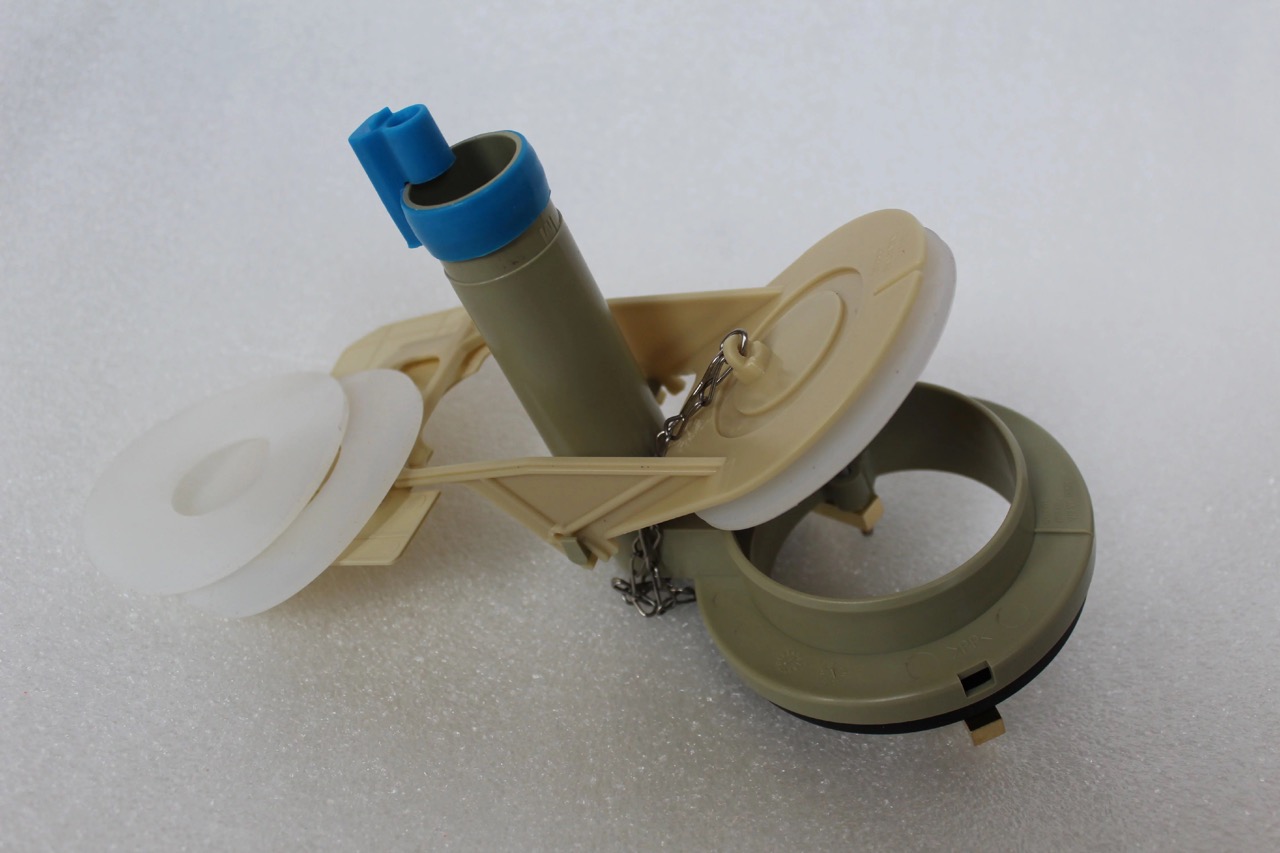
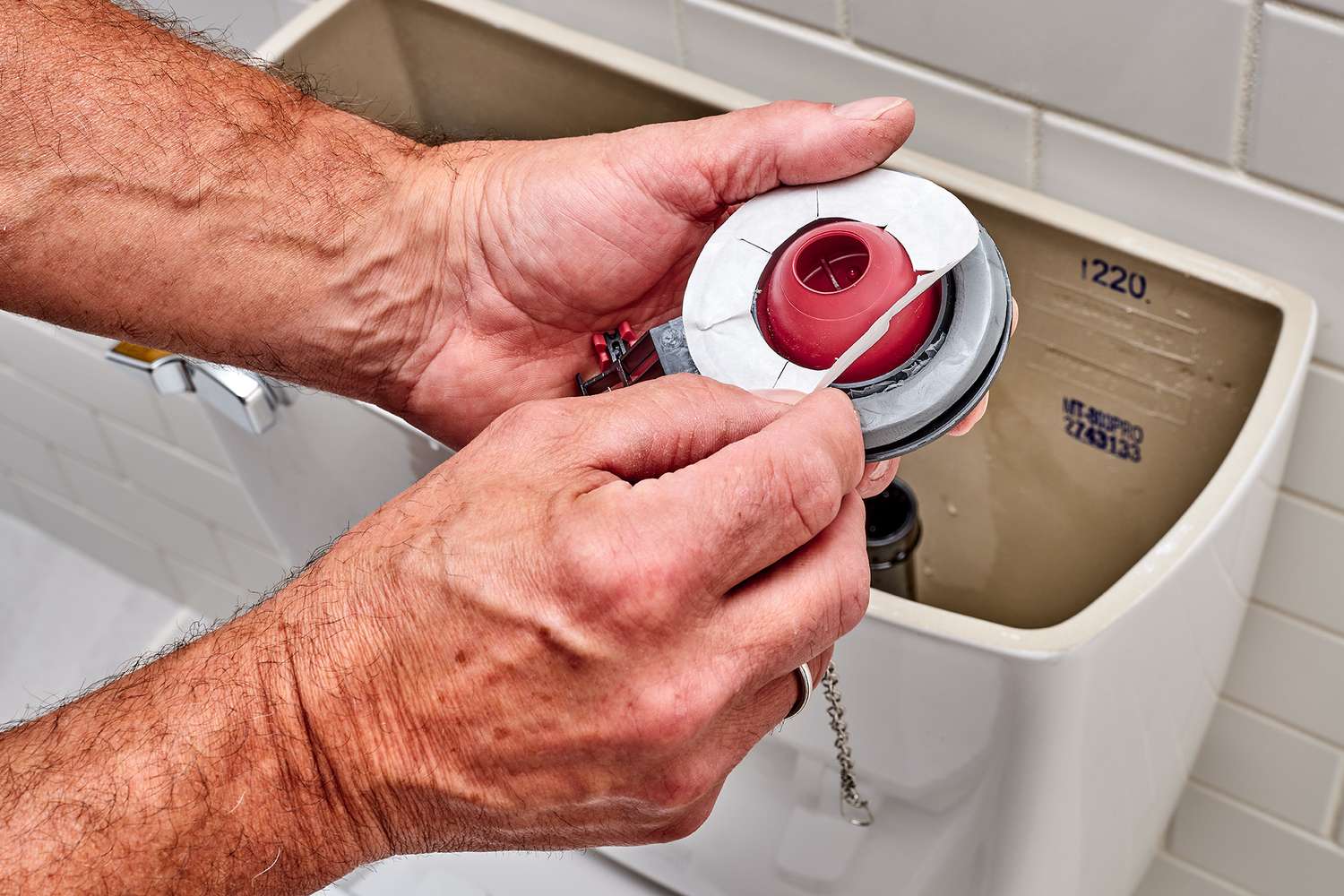
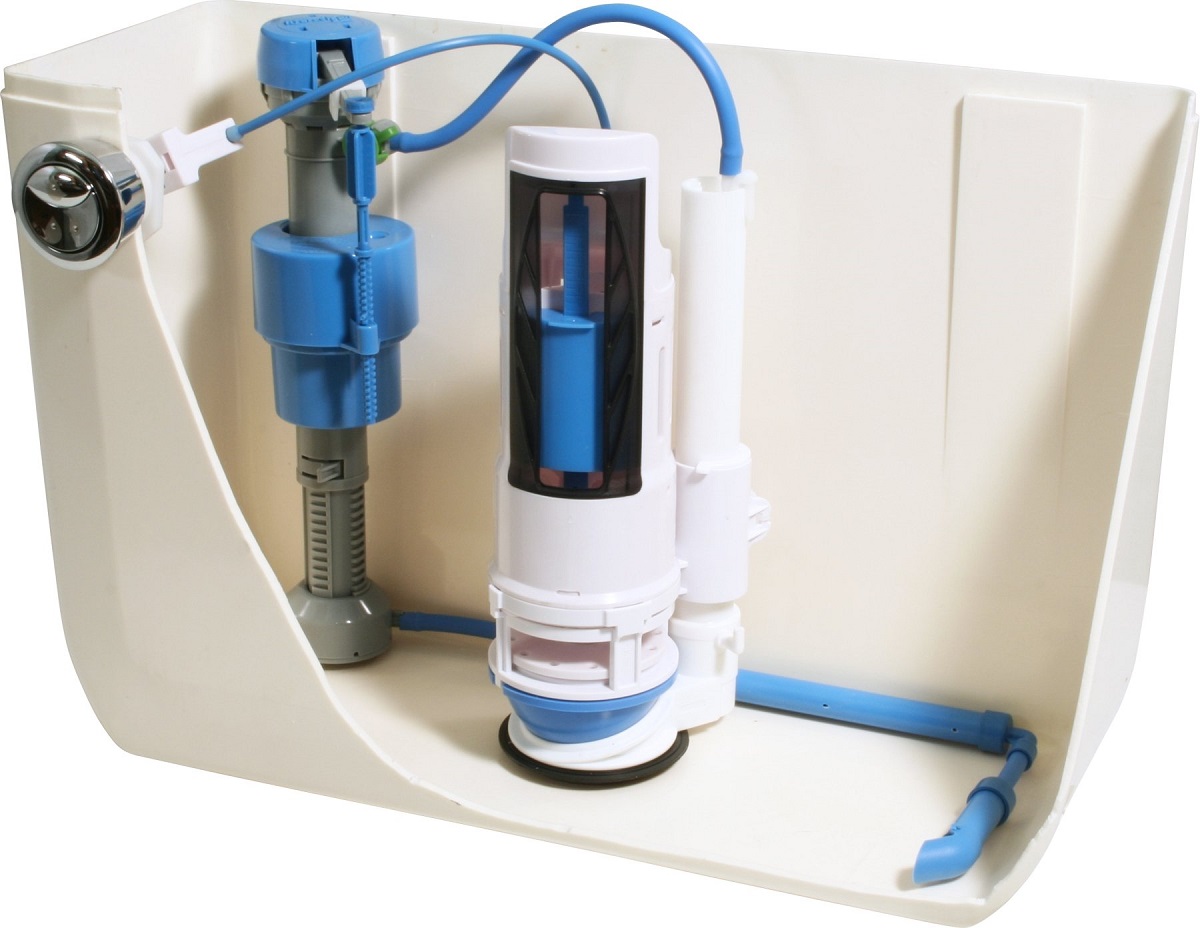
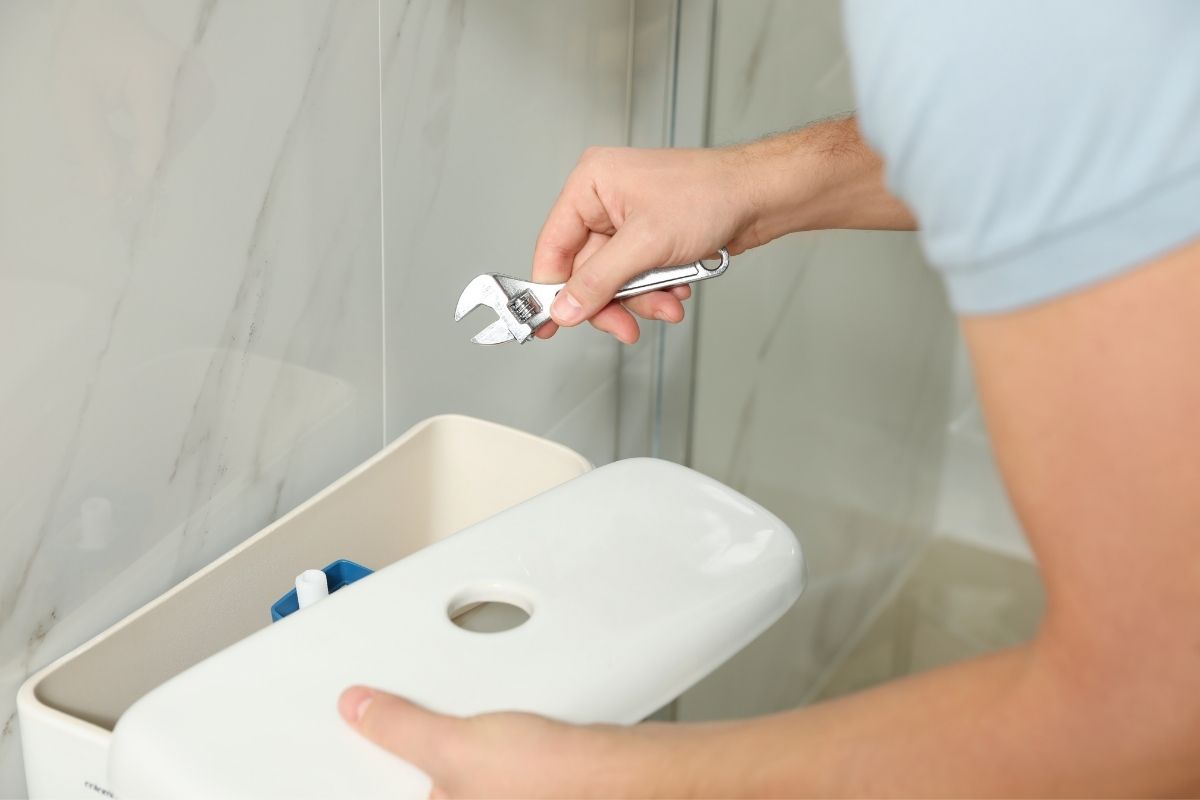
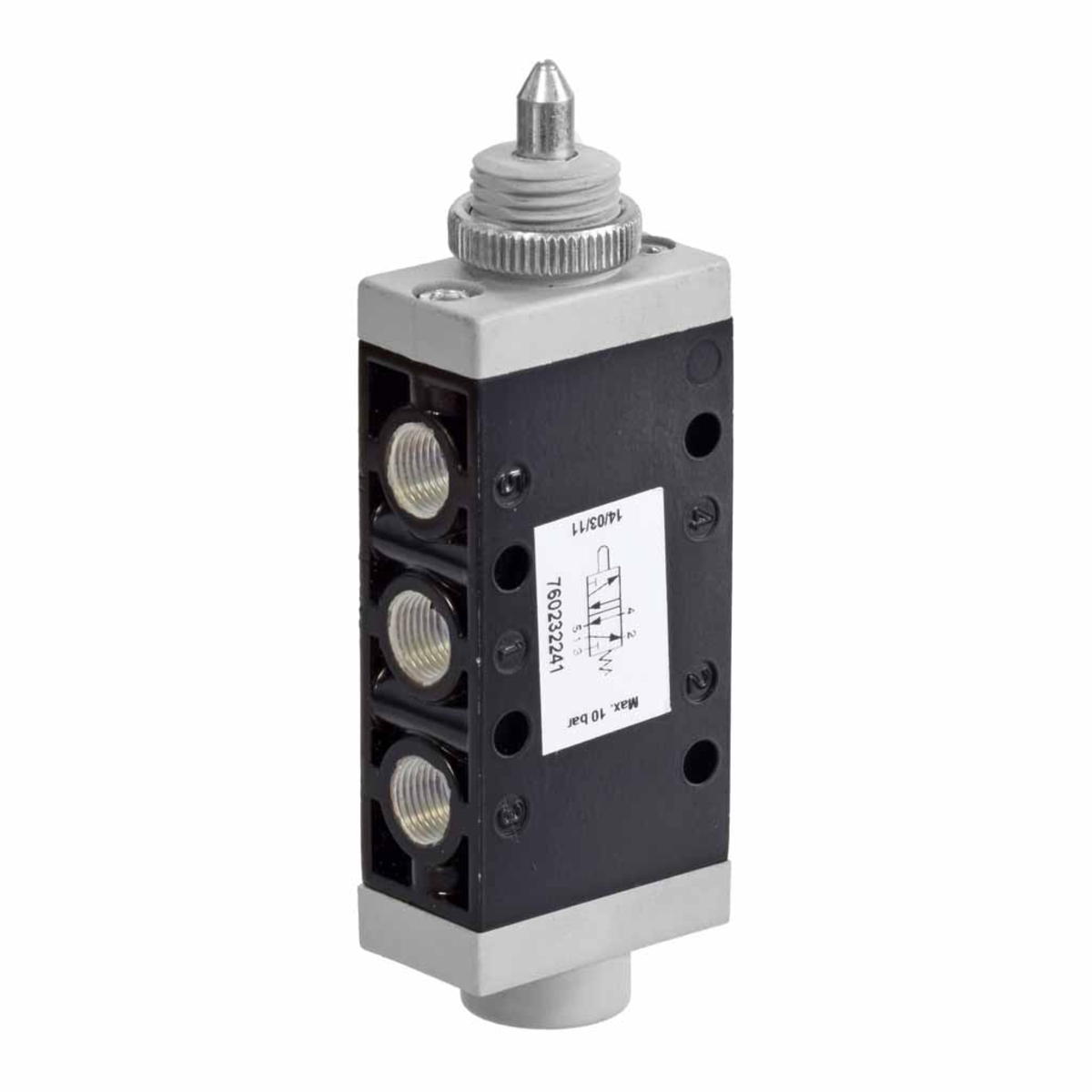
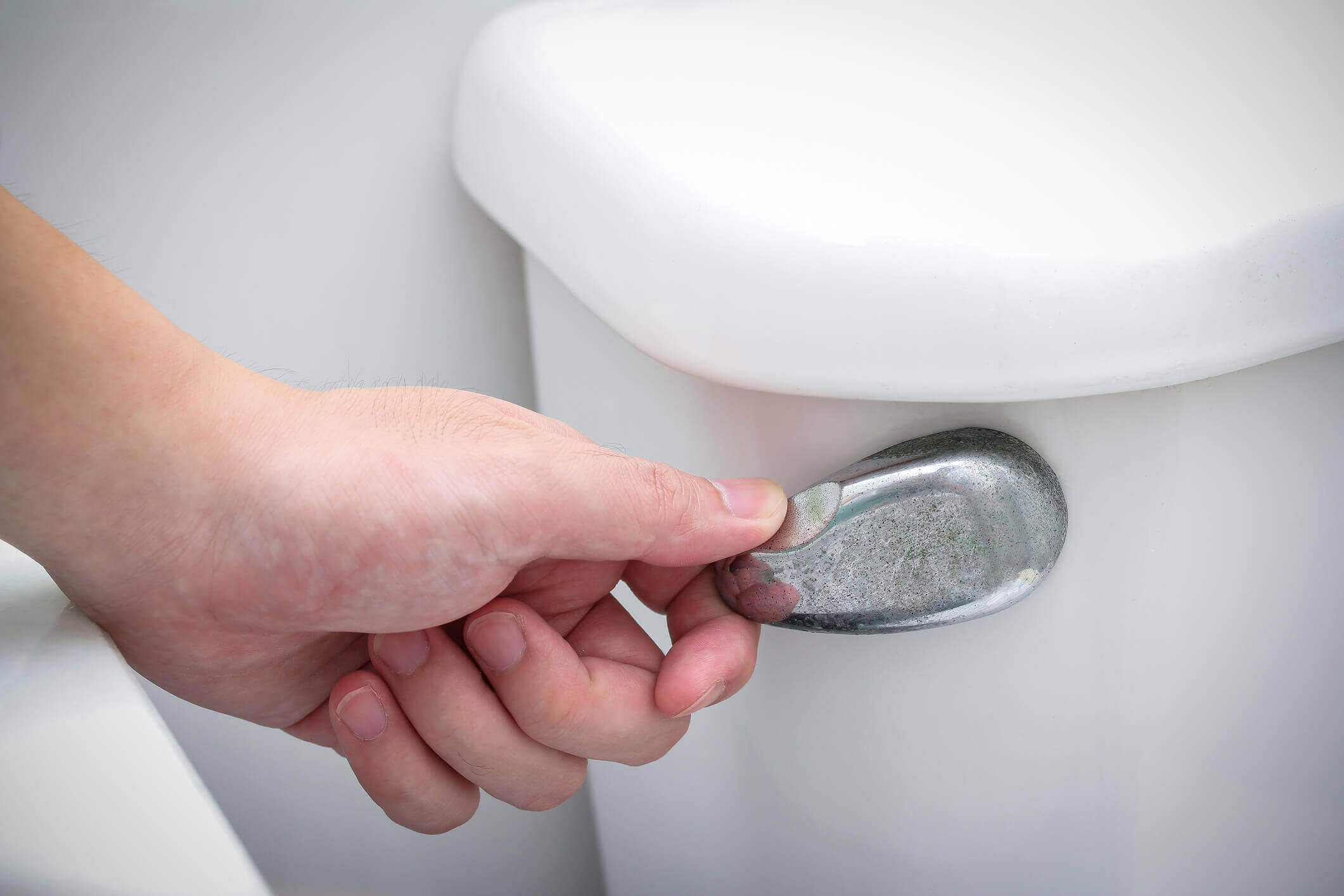
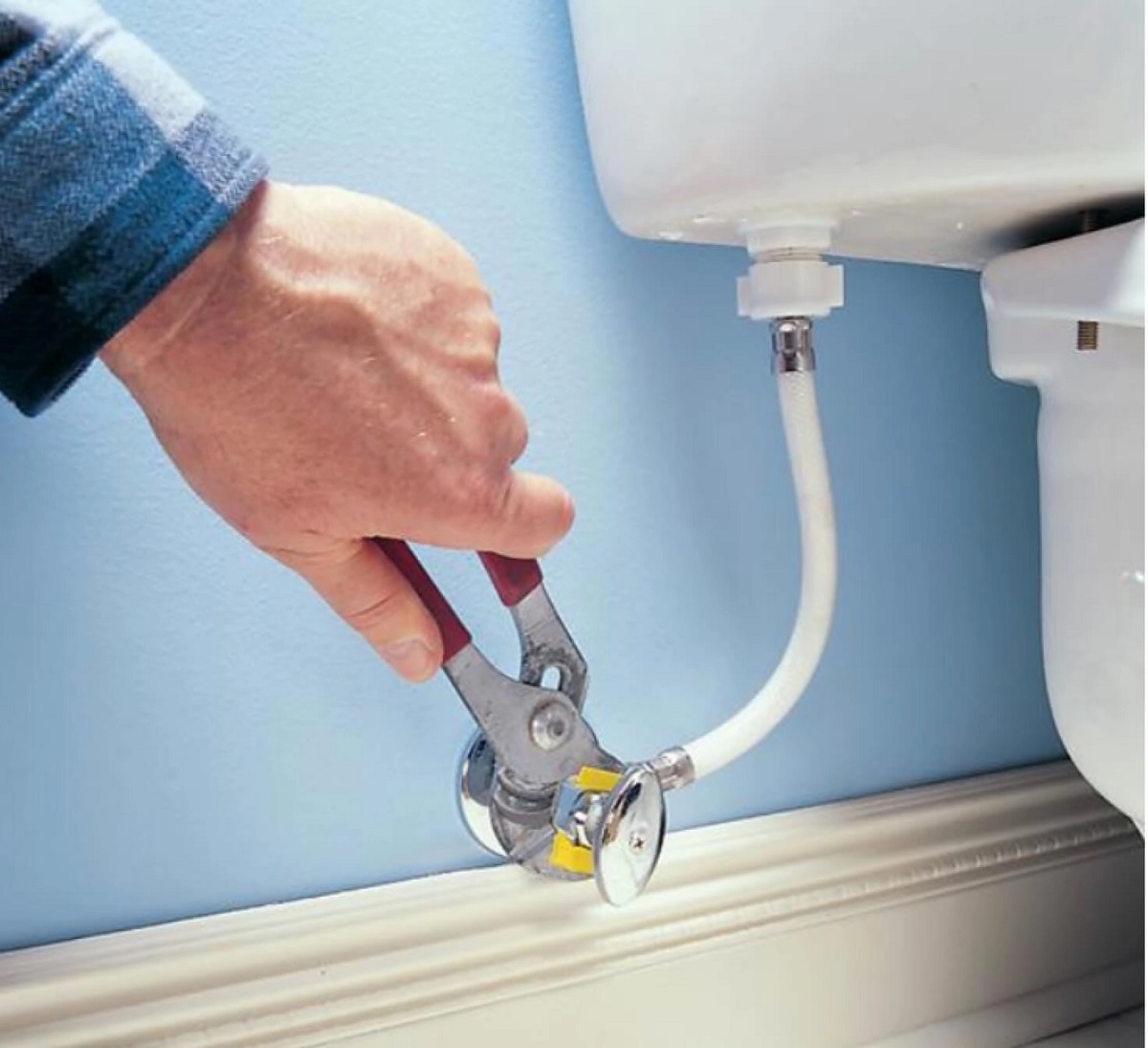
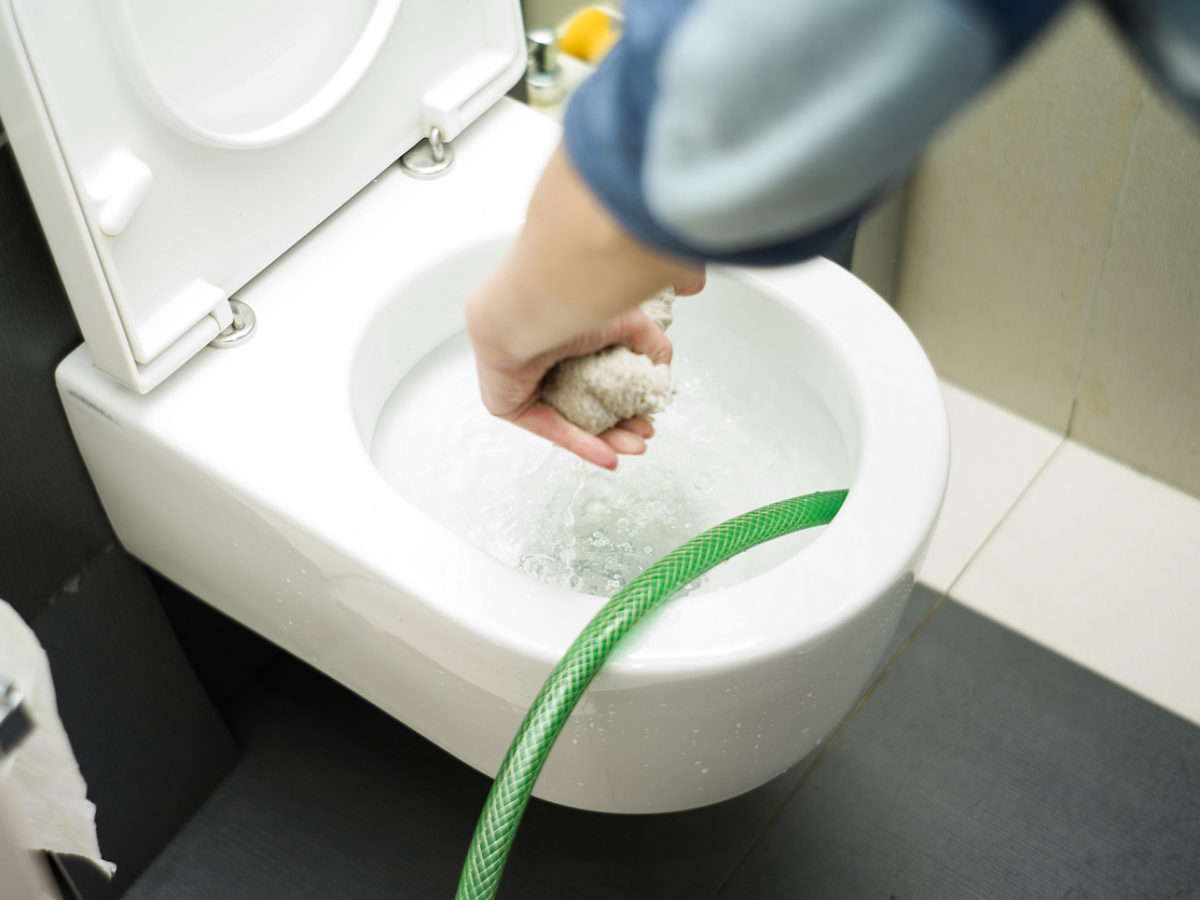
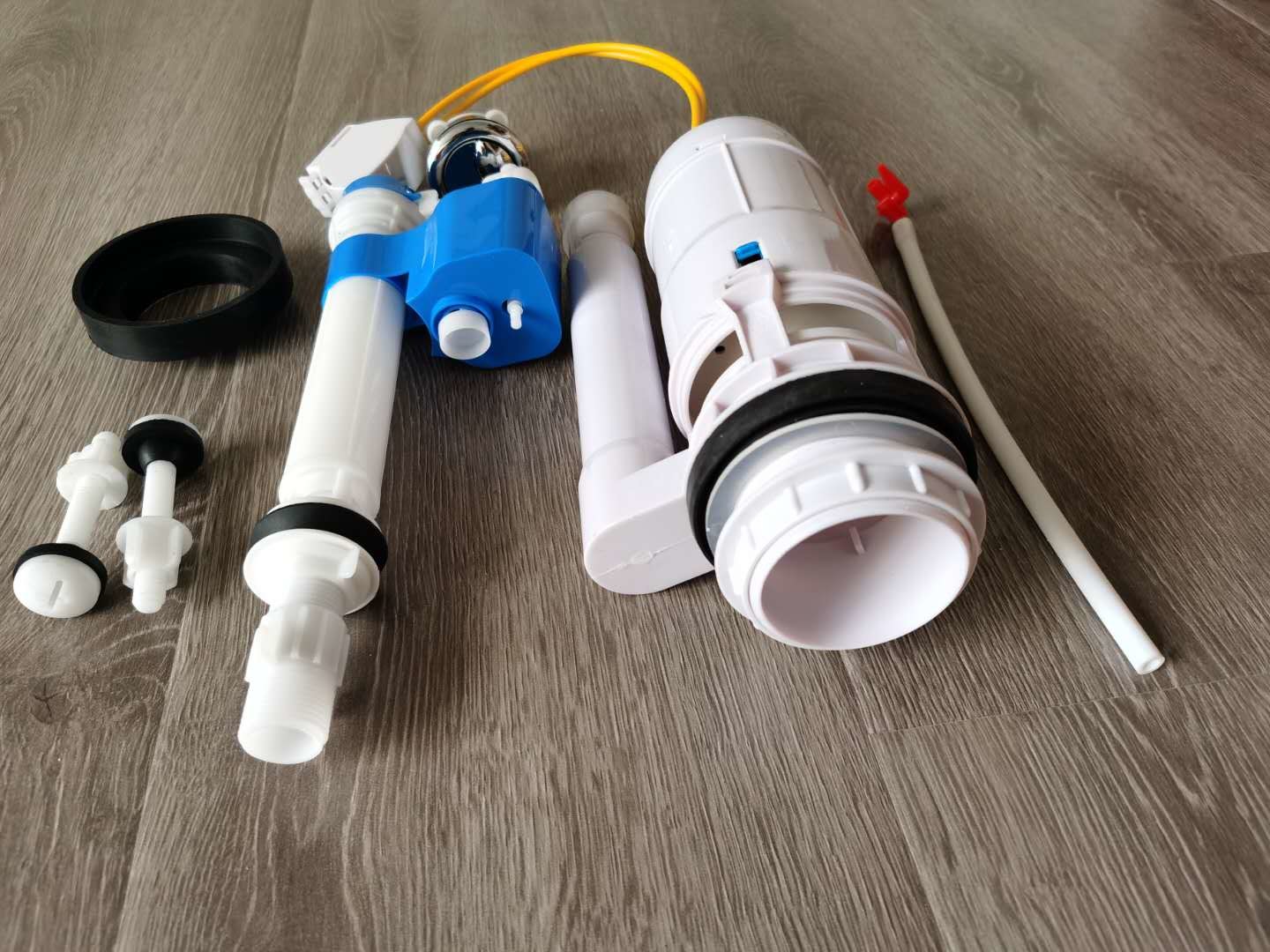
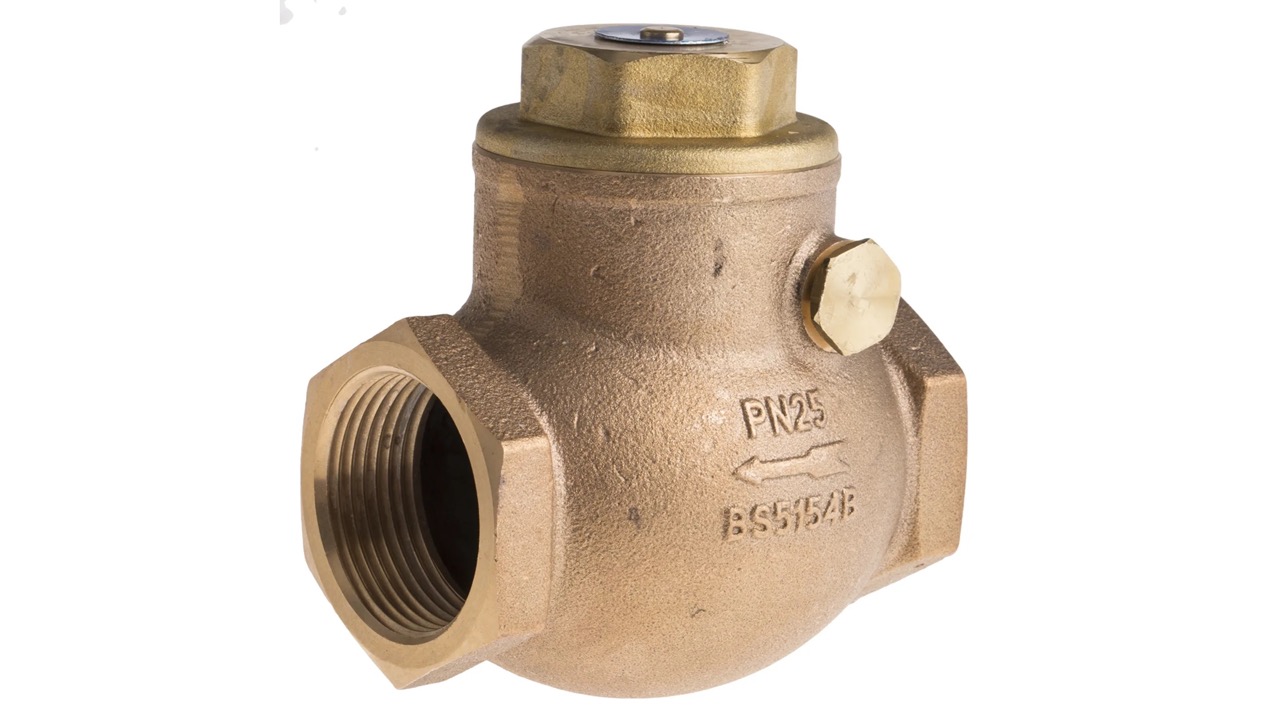
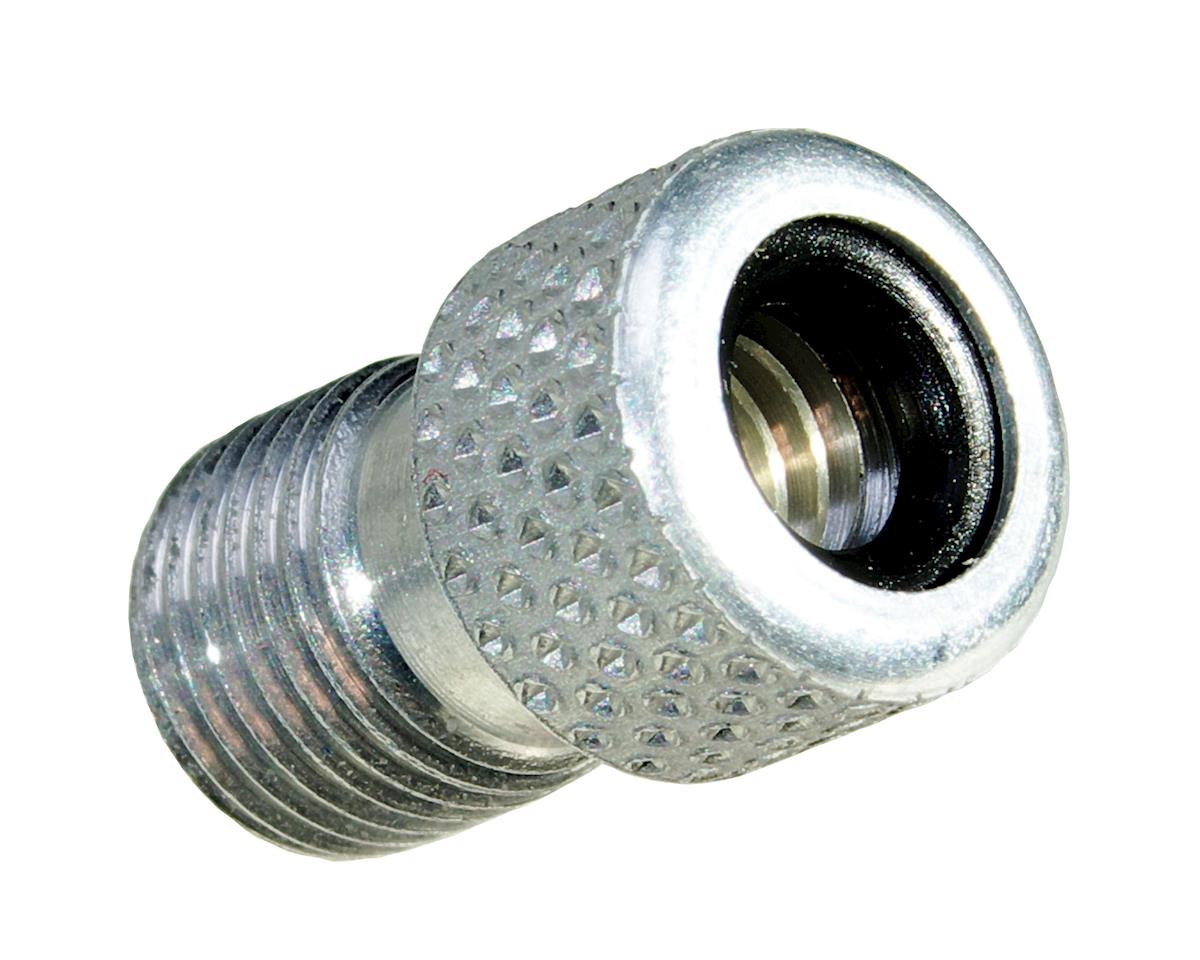

0 thoughts on “What Is A Toilet Fill Valve”